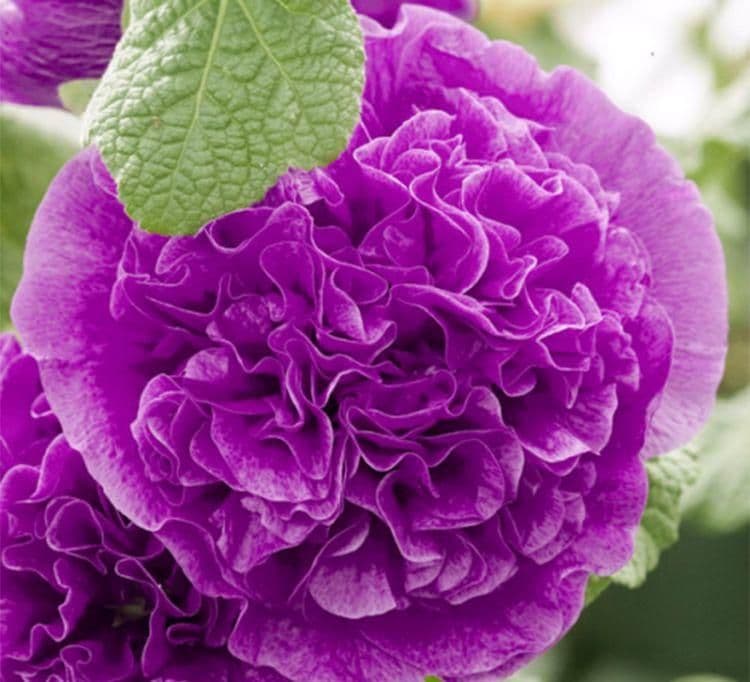1
/
of
1
ALCEA rosea plena Chaters Purple - 9cm Pot
ALCEA rosea plena Chaters Purple - 9cm Pot
20 in stock
Regular price
£5.99 GBP
Regular price
Sale price
£5.99 GBP
Unit price
/
per
Tax included.
Couldn't load pickup availability
Share
This tall strain features fluffy double flowers in a rich rosy-purple shade. Plants usually act as short-lived perennials, but will re-seed themselves for many years. Rust is often a problem, particularly in humid summer regions use a preventative fungicide spray for control, starting in mid May.
-
Flowers:
- The defining characteristic of plena varieties is their double-flowered nature. The flowers have multiple layers of petals, giving them a fuller, more robust appearance compared to the single-flowered varieties. The colour range is extensive and includes shades of pink, red, yellow, white, and even bi-coloured varieties.
-
Height:
- Hollyhocks are known for their towering spikes, and the plena varieties are no exception. They can reach heights of 150 to 240 cm or more, providing a vertical element in the garden.
-
Foliage:
- The leaves are generally large, heart-shaped, and coarsely toothed. They form a basal rosette at the base of the plant.
-
Growing Conditions:
- Hollyhocks prefer full sun and well-draining soil. They are adaptable to different soil types and can tolerate some drought once established. Adequate support, such as staking, may be needed to prevent the tall flower spikes from leaning or breaking in windy conditions.
-
Bloom Time:
- Hollyhocks typically bloom in the summer months, creating a stunning display of colour in the garden. The double-flowered varieties add a touch of elegance and charm.
-
Uses:
- Plena varieties of Alcea rosea are often used in cottage gardens, borders, and as background plants. Their height makes them suitable for creating a visual focal point, and the double flowers add a lush and romantic feel to the landscape.
-
Care:
- Alceas are generally low-maintenance but may benefit from staking to support their tall flower spikes. They can be susceptible to rust, a common fungal disease affecting their leaves, so proper spacing and good air circulation are essential.

